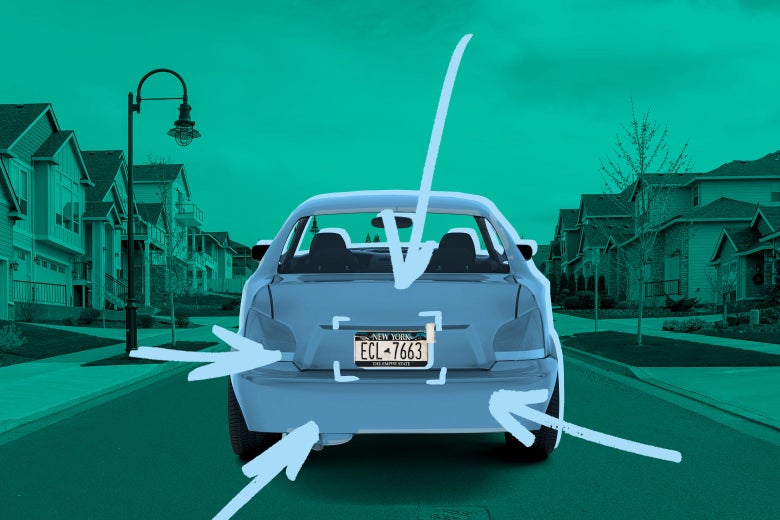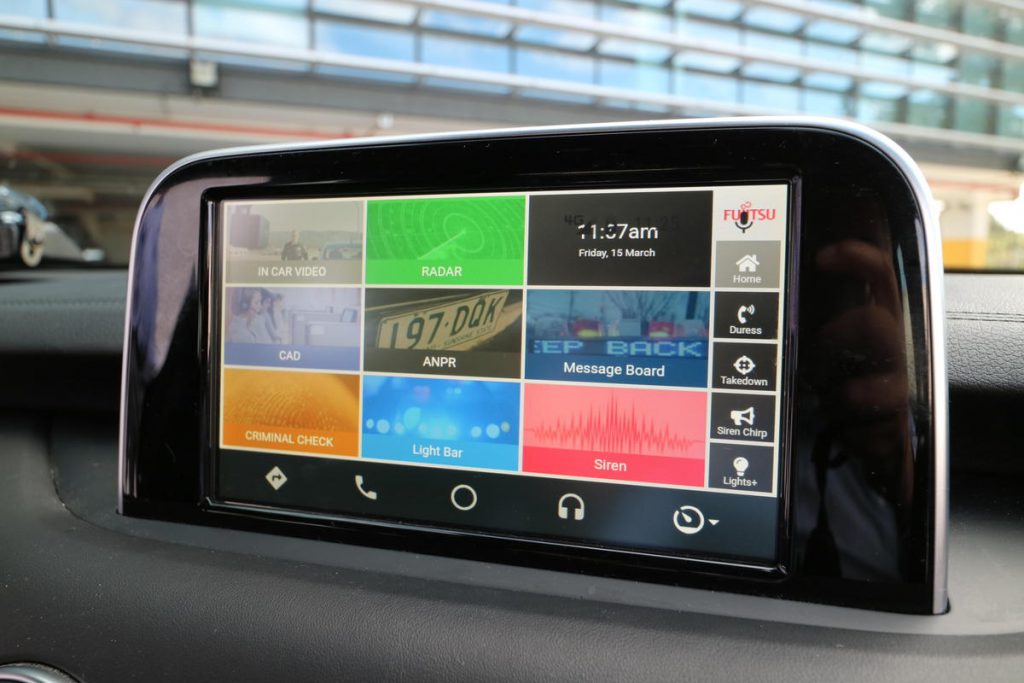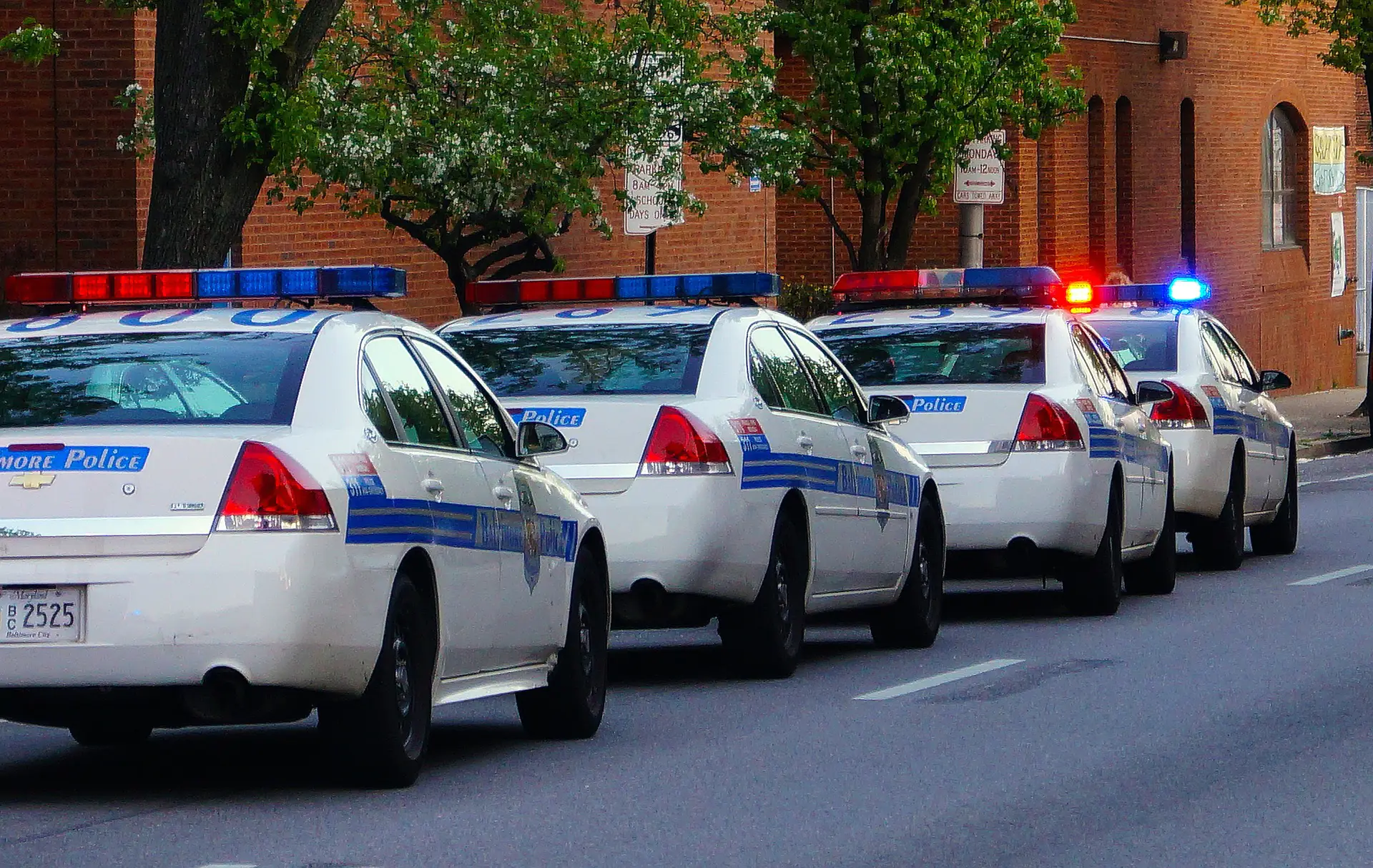Innovations in modern police cruisers (and those of the future) play a key role to fight crime, protect and serve the community.
Wi-Fi connected laptops, mobiles and dash cameras are trusted cornerstones of law enforcement technology to provide instant access to vital information, communication systems and more.
But, in this article, we look at technology that is increasing in its use. These include a new siren system, the growth of automated license plate readers, and even a smart concept car to provide a glimpse of how patrol cars are evolving.
The Rumbler
More than 50 percent of the combined total of crashes causing injury or fatality occur at or near intersections, according to the Federal Highway Administration.
To reduce this statistic, the Omaha Police Department, NYPD and several agencies across the U.S. have installed an additional siren on their new police vehicles. The device is called “The Rumbler” and works as a secondary siren alongside the traditional siren. Officers activate it when they approach intersections or are hurrying to a crime scene.
It sounds more like a bass, so motorists are able to both hear and feel when a police cruiser is coming upon them with its sirens on. Officials say the Rumbler is more noticeable to drivers and does a better job of catching a distracted driver’s attention.
Bass tones also do a better job of penetrating modern car structures that are designed to keep road noise out, making it more likely for the driver to notice the approaching police car and get out of the way.
Automated license plate readers

(Image source: compote.slate.com)
Law enforcement agencies across the U.S. are increasingly adopting automated license plate recognition (ALPR) technologies to enhance their enforcement duties. The technological approach removes the more time-consuming process of manually comparing vehicle license plates with lists of stolen, wanted, and other vehicles of interest.
ALPR is a high-speed, computer-operated camera system attached to police cars. The software automatically takes pictures of every license plate the car passes, while recording the location, date and time of the photo. These images are transformed into alphanumeric characters that the computer compares to plate numbers listed in a database of vehicles that police are interested in. ALPR also captures pictures of the vehicle and, sometimes, its drivers and passengers. All the data is uploaded to a central server, which can then be shared on other police databases.
The whole process takes just a few seconds and was first invented in 1976 by the UK’s Home Office. The system can help law enforcement find vehicles that have been reported stolen, are suspected in criminal or terrorist activities or aren’t registered or insured, among other things.
Police Chief Donald Melanson from Windsor PD, stated that license plate readers are just another “beneficial” tool for officers to use to reduce crime in the town. Acknowledging that this technology raises privacy concerns, the department doesn’t store or retain any data on-site, he said.
The Fujitsu/KIA Concept Car

(Image source: zdnet.com)
KIA Motors Australia revealed it has been working with the Japanese information technology company, Fujitsu, for almost a year to develop a concept for a smarter and safer police car.
The ‘Digital Police Car of the Future’ integrates many systems into the car’s in-built touch screen and focuses on increased functionality and ease of use. That limited need of cabling reduces the weight and power draw on the vehicle, resulting in greater fuel efficiency.
Instead of officers having to login to all different systems individually, the single sign-on is coordinated through Fujitsu’s PalmSecure palm vein authentication.: By positioning their palm over the sensor, the officer can have access to all of the systems at once.
Phase two of development will use artificial intelligence (AI) whereby on-board cameras could enhance the ability of officers to respond faster. For example, video cameras could identify a target car’s manufacturer and color, which will help recognize stolen cars in busy car parks and traffic congestion.
Because the technology is compatible with all Kias using the current multimedia system, it’s expected to be commercially ready and available from the middle of next year.

